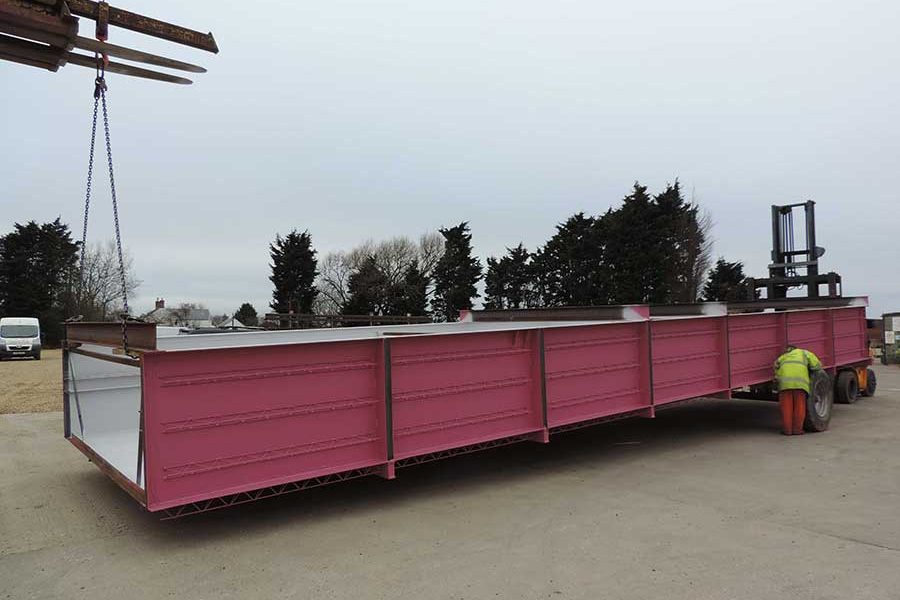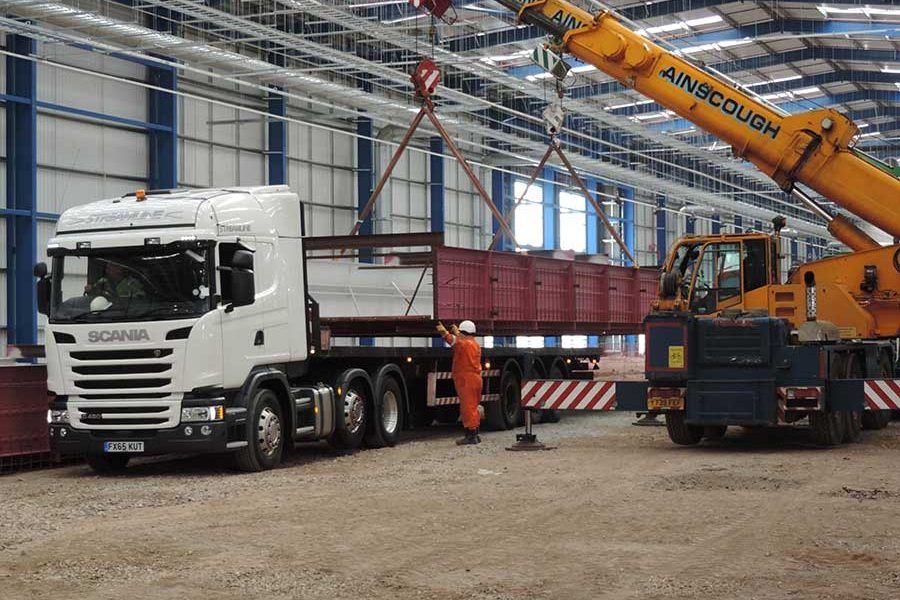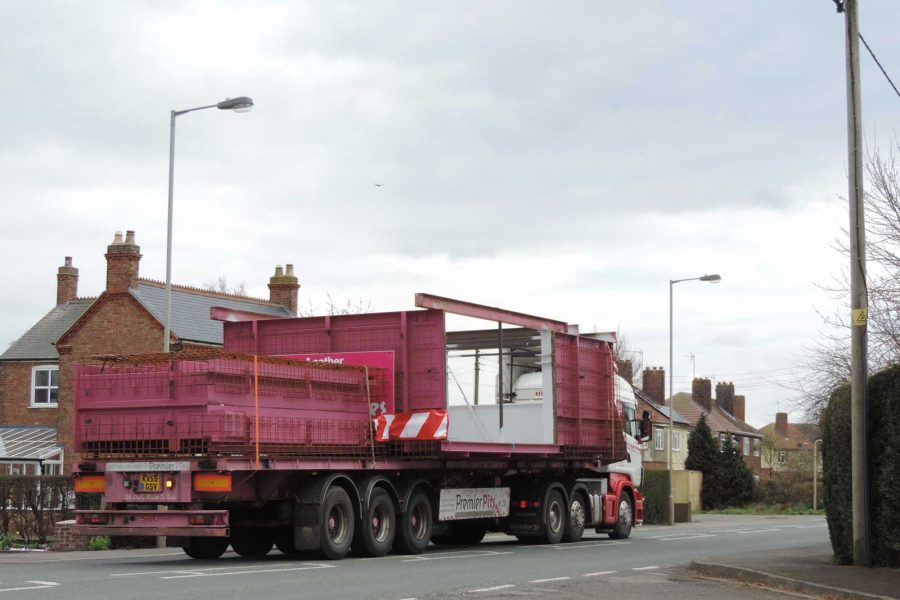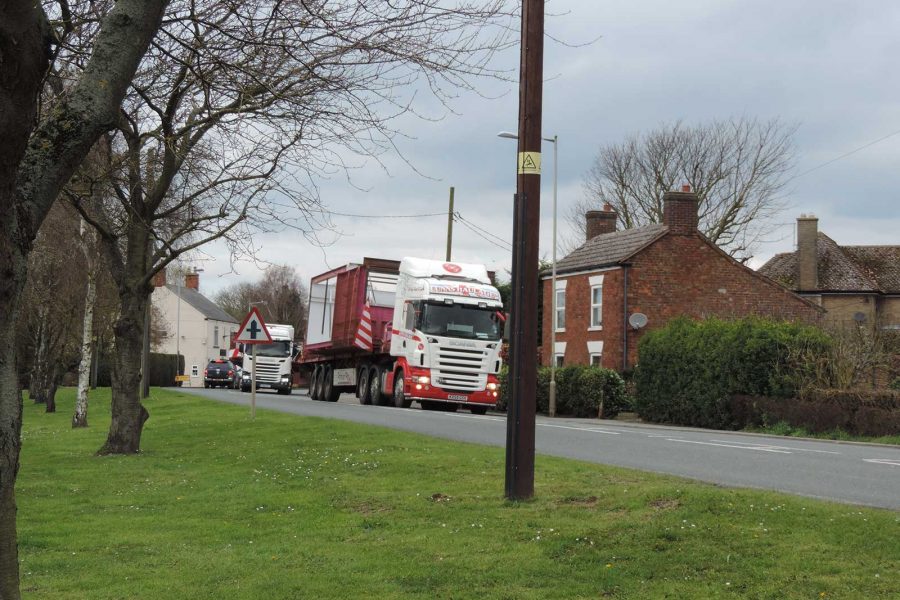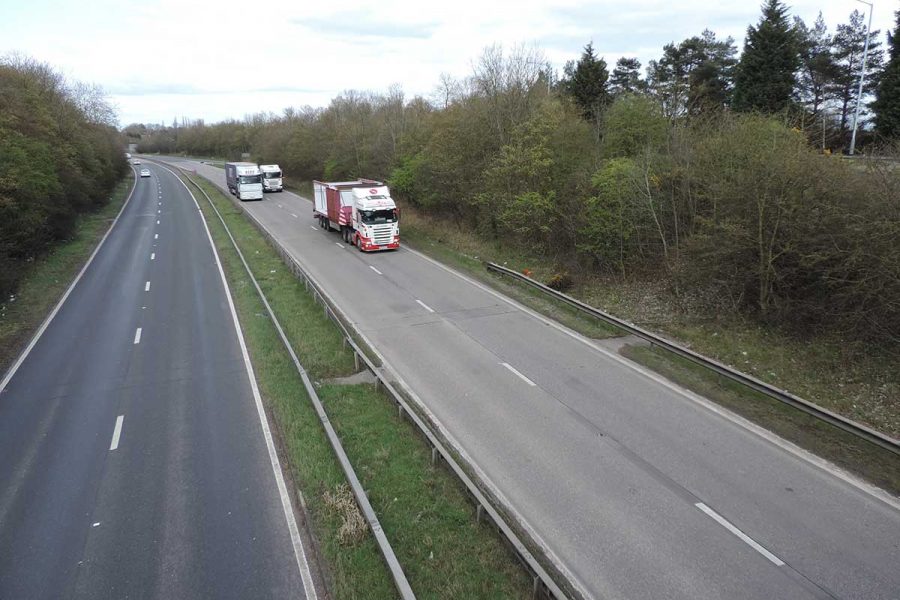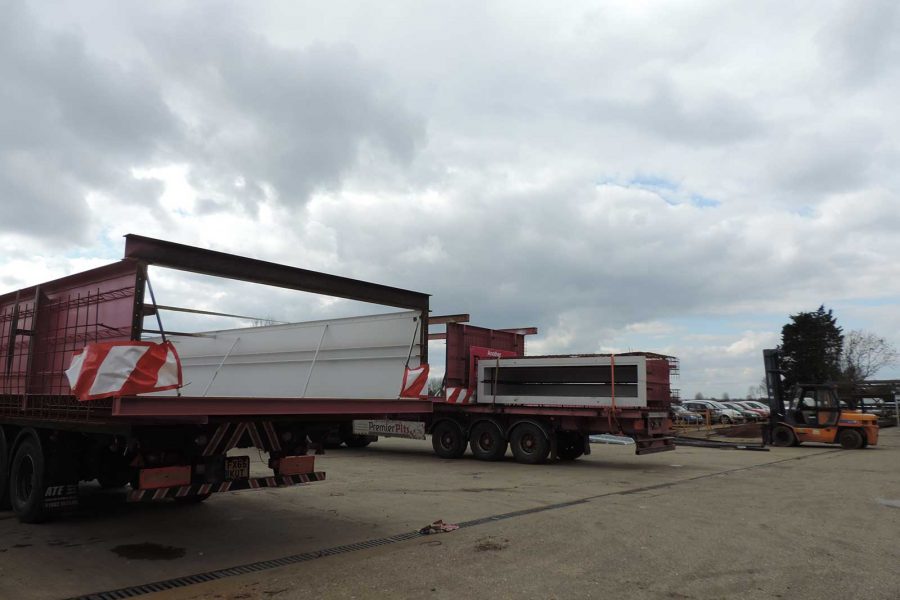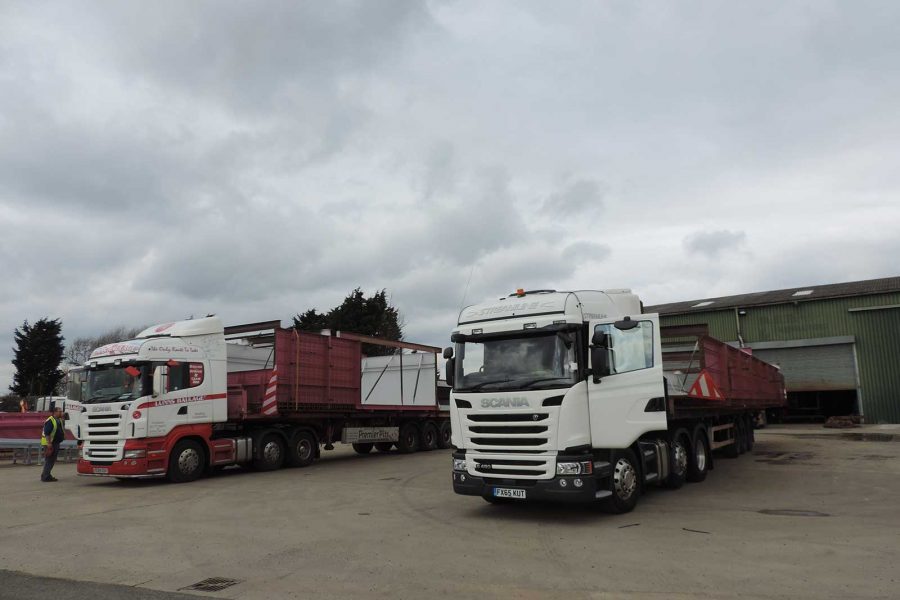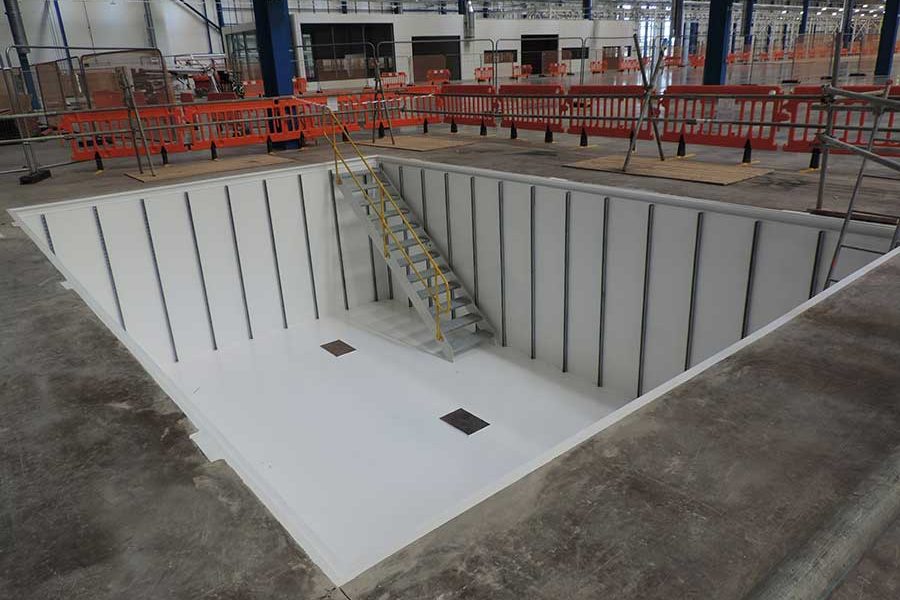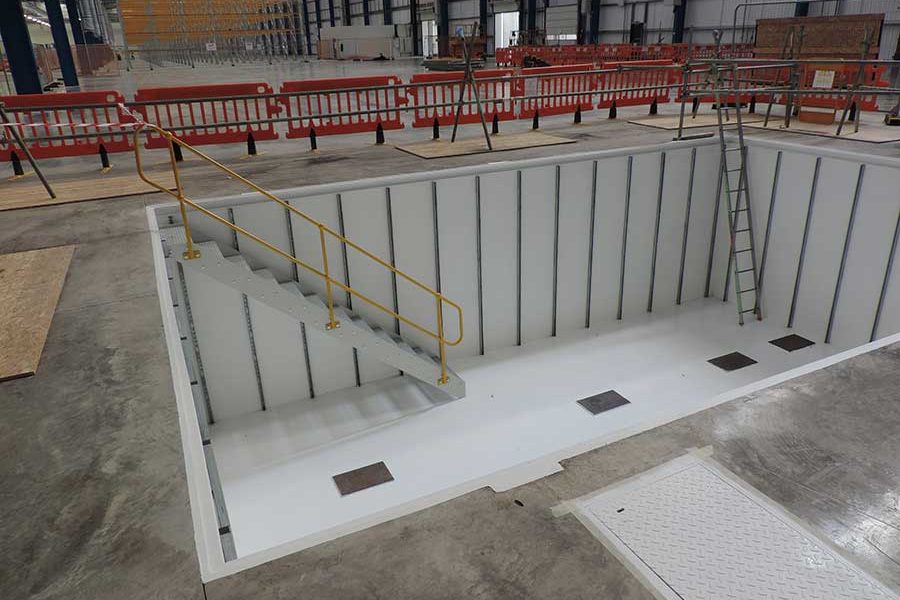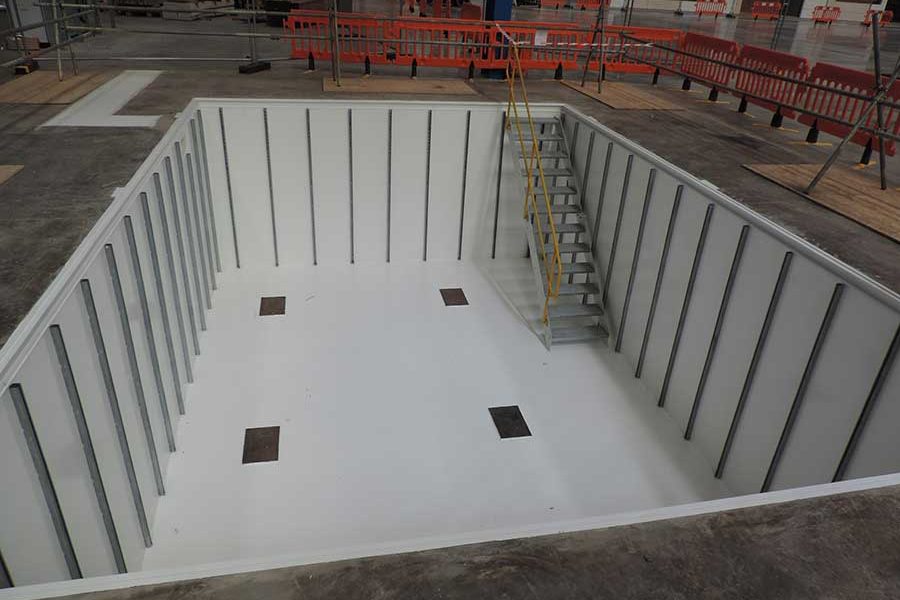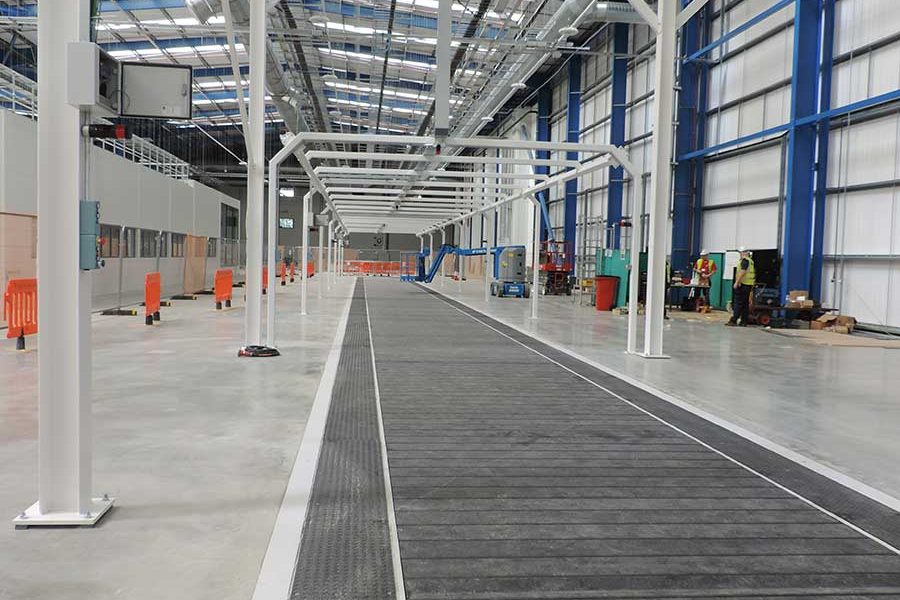“Traditional In Situ Concrete Will Take Too Long, and We Need a Faster On-Site Approach”
Here at Premier Substructures, we understand that time can be a significant driver when it comes to measuring success for most construction projects. After all, you’re often working to strict timescales, and delays can cause headaches for everyone involved.
Below, we’re going to highlight the challenges one of our clients was faced with when they needed to save time on their project, and how we were able to help.
The challenge
We were recently contacted by Winvic Construction, who were constructing a new factory for the London Taxi Company. They required a 75m (length) x 4m (width) x 1.5m (depth) below-ground substructure.
The substructure was part of the critical path of the construction programme. The original tender drawings were to construct this substructure out of traditional in situ concrete, which would have led to high-risk activity on-site in terms of time-constraints and the tolerance needed for the job.
To help reduce these risks, they investigated precast concrete and prefabricated steel as alternatives. Precast concrete was going to be too expensive due to the size of the moulds, as well as too heavy to install as a module.
Due to a high water table in the area, there was also a risk of leaking if they decided to go down the route of precast concrete.
This could have caused long-term problems with possible down-time in their factory if the slack conveyor had to be shut down – therefore stopping production – due to water ingress causing issues with the machinery.
The solution
After weighing up all the risks, Winvic decided on using a steel prefabricated off-site option due to the speed on-site, guaranteed water tightness and because the structure had to be built to such tight tolerances.
This was due to the end product having been designed to be used in a precision engineering environment.
Fortunately, the client was already aware of what we do and how we work.
They engaged with us during the tender period, where we were able to give critical cost, design and programme information to allow them to consider all the pros and cons of our approach and make a full assessment
Even though the upfront design works and fabrication was longer, Winvic engaged with us early enough in the programme to select our method of below-ground construction, and understood that our approach would mean saving a lot of time on-site.
Once they had made an informed decision, they presented our approach to the London Taxi Company as a USP during the tender interviews, and subsequently won the job.
We then took full design responsibility for the structure, including the installation process, once we were appointed – therefore removing all risk from the client’s end.
The results
We delivered a below-ground substructure to Winvic that was installed 80% quicker on programme, saving the client substantial time on-site.
The end product was installed at +-2mm and is completely watertight – guaranteed. This allowed them to mitigate the risk from one of the high-risk elements on the construction programme.
As a result, the client was thrilled with the project, and the end product itself. Mark Cross of Winvic stated:
“Our belief in this revolutionary approach made a significant contribution to ensuring the building was completed on time, thereby helping LTC to start production of their new low emission hybrid taxis later this year.”



